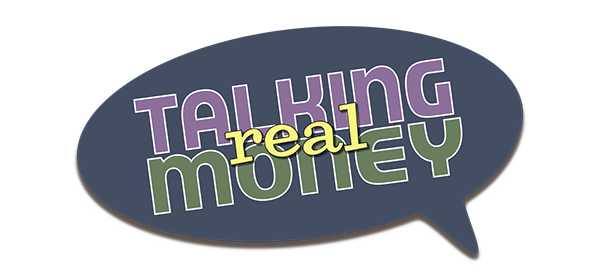Being Actively Passive
With over $4 trillion currently invested in “index-style” passive mutual funds, it appears that investors are beginning to realize that active investing doesn’t work well enough to justify its costs. But, how passive should you be?
Passive investing is not absolute. In fact, as much as I tout what is often referred to as “passive investing,” total passivity to the point of complacency is just as foolish as looking for the next big thing or market indicator.
You shouldn’t just buy the Standard & Poors 500 index. While investing in a total market index is better than just owning the S&P 500, with a little science-based “activity,” you might be able to improve your returns. I encourage you to consider being “actively” passive.
That means creating a proper asset allocation based on decades of academic research. For example, value stocks have tended to outperform growth stocks, and small-cap stocks have historically done a bit better than large company stocks. Overweight assets – like small caps and value – that have been shown to outperform others in the past over many decades.
Force yourself to sell high and buy low by implementing a disciplined rebalancing program. Pay attention to tax losses (see page 10) and intelligently move assets to take advantage of deductible losses while remaining properly invested.
You can do all of this on your own, but it can be hard, as it sometimes requires super-human emotional control. Investing in more volatile sectors can be scary. It’s also very hard to sell off some of your winners and buy into the current losers.
That’s why many hire a fee-only fiduciary advisor to implement and maintain an actively passive plan. To help you find the right one just make sure they adhere to a non-predictive approach, use the best no-load products, and charge 1% or less, for their services, annually. If you have a portfolio of more than $1 million, the fee should be less than half a percent.
Both Vanguard and Morningstar have conducted studies which found that this type of advisory relationship had the potential to increase investor returns by up to 3% per year.
